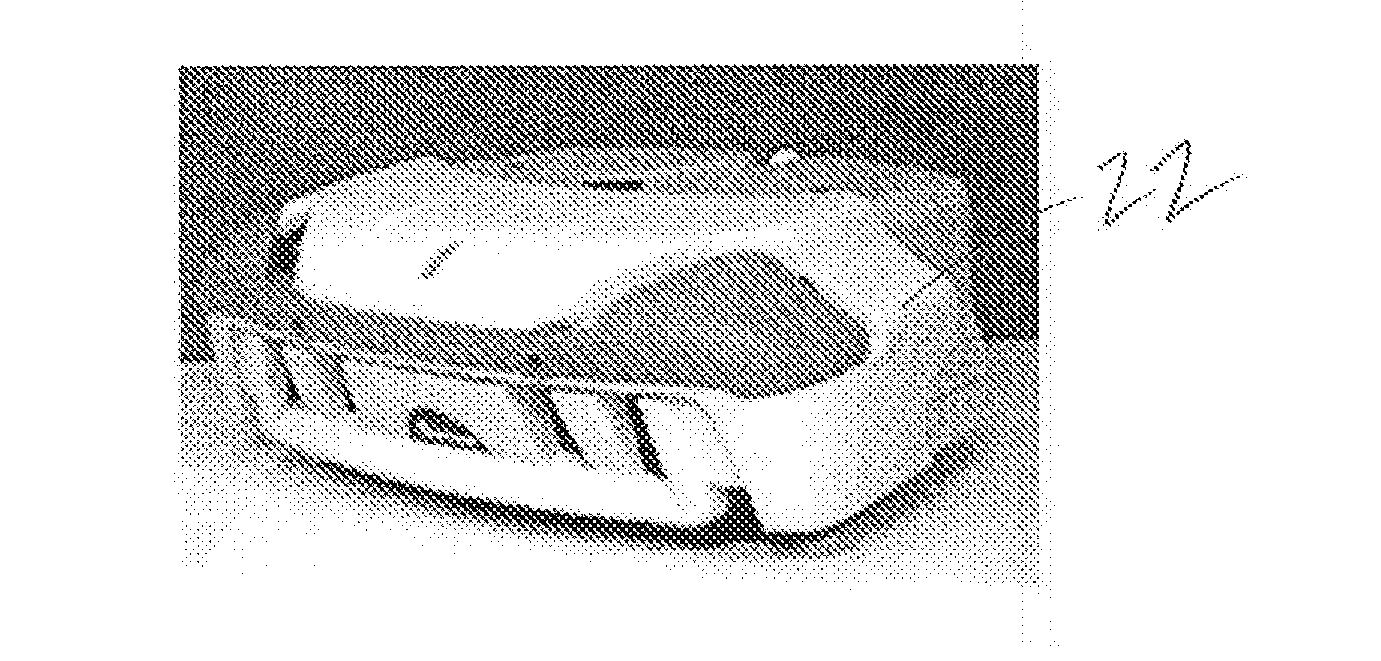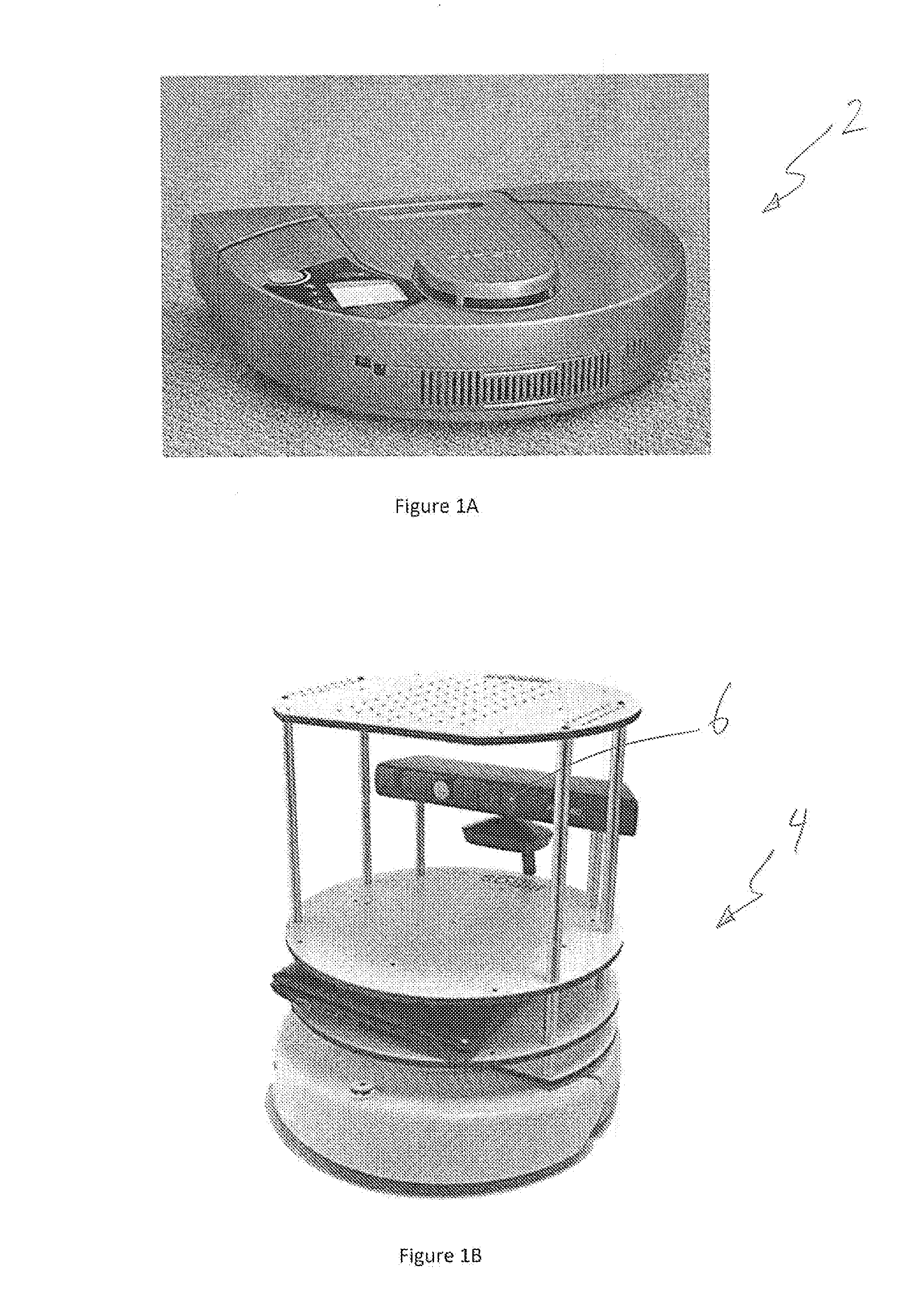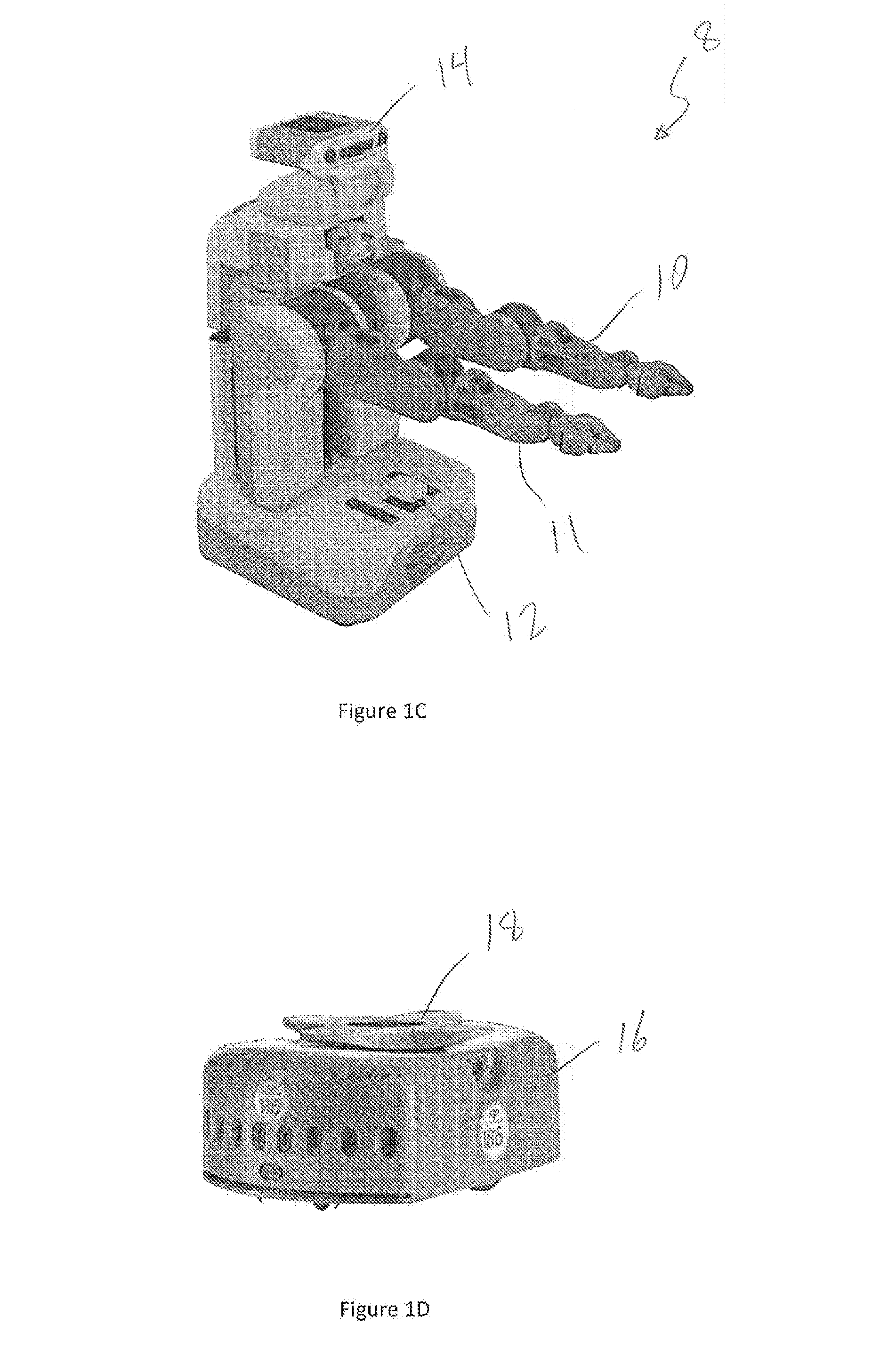Personal robotic system and method
a robotic system and robotic method technology, applied in the field of personal robotic systems, can solve the problems that neither of these personal robotic systems, nor the others that are available, are well suited to operating in human environments such as elderly care facilities, hotels, hospitals, etc., to achieve automatic minimizing destabilizing moments, controlling nearby objects, and minimizing destabilizing moments
- Summary
- Abstract
- Description
- Claims
- Application Information
AI Technical Summary
Benefits of technology
Problems solved by technology
Method used
Image
Examples
Embodiment Construction
[0011]Referring to FIG. 1A, a vacuuming robot (2) is depicted which has primary function for vacuuming floors in a human environment, and has little other utility due to its design. FIG. 1B illustrates a lightweight robotics platform (4) sold under the tradename “turtlebot”® by Willow Garage, Inc., which features a 3-D camera, such as those available under the tradename Kinect® from Microsoft Corp. Such a platform may be programmed to handle light duty tasks, such as moving around a plate or two, or some lightweight tools or food. FIG. 1C illustrates a heavier duty personal robotics platform (8) sold under the tradename “PR2” by Willow Garage, Inc. This platform features two sophisticated arms (10, 11), a multi-sensor head (14), and a laser scanner (12) coupled to the mobile base component and is capable of conducting certain human-scale tasks, but is not optimized for handling inventory or bin management exercises. FIG. 1D features a small robotic system (16) sold by Kiva, Inc., wh...
PUM
 Login to View More
Login to View More Abstract
Description
Claims
Application Information
 Login to View More
Login to View More - R&D
- Intellectual Property
- Life Sciences
- Materials
- Tech Scout
- Unparalleled Data Quality
- Higher Quality Content
- 60% Fewer Hallucinations
Browse by: Latest US Patents, China's latest patents, Technical Efficacy Thesaurus, Application Domain, Technology Topic, Popular Technical Reports.
© 2025 PatSnap. All rights reserved.Legal|Privacy policy|Modern Slavery Act Transparency Statement|Sitemap|About US| Contact US: help@patsnap.com



